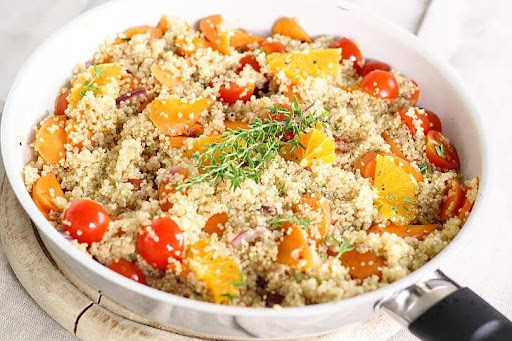
Let’s be real — this time of year can feel… a little draggy. We’re running on half sunlight, half motivation, and maybe a quarter of the sleep we actually need.
Our bodies are craving warmth, grounding, and that quiet, slow energy that helps you feel like “I’m good, I’ve got this.”
So we’re over here trying to outsmart daylight savings with extra coffee and cozy sweaters, when we could just learn from ancient civilizations that already had it all figured out. They leaned on rituals, rhythms, and foods that helped them sync up with nature instead of fighting against it. What a concept!
🌱 The Sacred Seed That Kept a Civilization Going
Long before quinoa was the grain of choice for yoga moms and wellness bloggers, it was the sacred seed of endurance for the Incan people — the fuel that got them through long treks, thin air, and cold nights in the Andes.
They called it chisiya mama, which literally means “mother of all grains.” And she earned the title.
When the Incas sowed quinoa each fall, they didn’t just scatter the seeds and hope that in a few months they would have a yummy dinner. Nope. The whole process was a ceremony.
The emperor, considered a god-like figure, would use a golden digging stick or spade to plant the very first seeds of the season. Seeds were offered to deities, especially the sun god Inti, in hopes of a successful harvest.
With the paccha, a ceremonial tool,they poured out chicha (a fermented quinoa beverage ) onto Pachamama — Mother Earth — as an offering of gratitude to promote fertility.
The first handful of quinoa harvested was then given back to the soil.
Because they understood something we sometimes forget: nourishment is a relationship.
You don’t just take — you give thanks.
🍂 Why Quinoa Is Basically Fall’s Best Comfort Food
Fast forward a few thousand years, and most of us are not exactly battling Andean winds (unless you’re one of those badasses who still bikes to work even though it's the dead of winter), but the seasonal shift still hits hard.
As the days darken and your energy dips, your body naturally craves foods that warm, steady, and sustain.
Enter quinoa — the ancient grain that's powerful enough to stand up to modern burnout.
Here’s what makes it such a fab food for this season:
- It’s hearty enough to ground you, but light enough that you don’t need a post-meal nap.
- Its slow-digesting carbs and complete protein give you sustained energy — no spikes, no crashes.
- The minerals (hi, magnesium + iron!) help with mood and focus, which, let’s be honest, can get a little wobbly this time of year.
- And it’s versatile enough to make you feel like you’re eating something different even when you’re definitely just repurposing leftovers.
So yes — quinoa is a superfood. But it’s also a seasonal sidekick, providing fuel for your “You’ve got this. Keep going.” attitude.
🔬 And The Science Backs These Claims Up (Turns Out Pachamama Was Right All Along- what a shocker!)
Modern nutrition research sheds light on what the Incas knew by heart: quinoa keeps you strong — body and mind.
- It’s one of the few plant foods that’s a complete protein containing all nine essential amino acids. (translation: something both your muscles and brain will appreciate).
- It’s rich in tryptophan and B vitamins, which support serotonin — your mood’s favorite molecule.
- It’s anti-inflammatory and loaded with antioxidants, so your immune system stays happy even when the weather’s moody.
- It’s low glycemic, meaning your energy doesn’t rollercoaster between “I can conquer the world” and “I need to lie down immediately.”
Basically, quinoa is your cozy, stable, nutrient-dense best friend.
🕯 The Gratitude Bowl: A Mini-Ritual for the Season
Let’s turn all that history and science into something you can actually taste.
This weekend, try making what I like to call a Gratitude Bowl.
Here’s how to do it — no chanting or llama sacrifices required.
- Cook your quinoa. Watch those tiny spirals unfurl like they’re stretching after a long nap.
- Layer it up: roasted squash or sweet potatoes, sautéed greens, avocado, pomegranate seeds, toasted pumpkin seeds.
- Drizzle: olive oil, lemon, and a pinch of sea salt.
- Pause. Before eating, offer a quiet “thank you” — to the Earth, to your body, to this season, and maybe even to the messy, magnificent life you’re living.
- Eat slowly. Let it remind you that nourishment doesn’t have to be complicated — it just has to be intentional.
🍽 Two Recipes to Get You Started
🥗 Autumn Harvest Quinoa Bowl
Combine cooked quinoa with roasted butternut squash, kale, pumpkin seeds, pomegranate seeds, and olive oil + lemon.
It’s cozy, colorful, and ridiculously grounding.
🍎 Warm Spiced Quinoa Breakfast
Simmer quinoa in almond milk with a cinnamon stick, then top with sautéed apples, walnuts, and a drizzle of maple syrup.
Comfort food that won’t knock you out by noon.
💬 Your Turn: The Communal Harvest
We want to see your version!
Try one of these recipes (or make your own quinoa masterpiece) and post a photo or description in the BIW Facebook group.
Tell us:
- How did it make you feel?
- What shifted when you slowed down and ate with intention?
- Did you find it hard to do? Did you enoy it?
🌞 TL;DR
- Quinoa: sacred food of endurance → modern-day superfood for mood, energy, and grounding.
- The Incas used it to thank the Earth and fuel through change; modern science totally agrees.
- This season, let it fuel you.
- Make a Gratitude Bowl, eat slowly, and share your version with the BIW crew.
___________________
Begin Within
and align with the rhythm of nature and self.

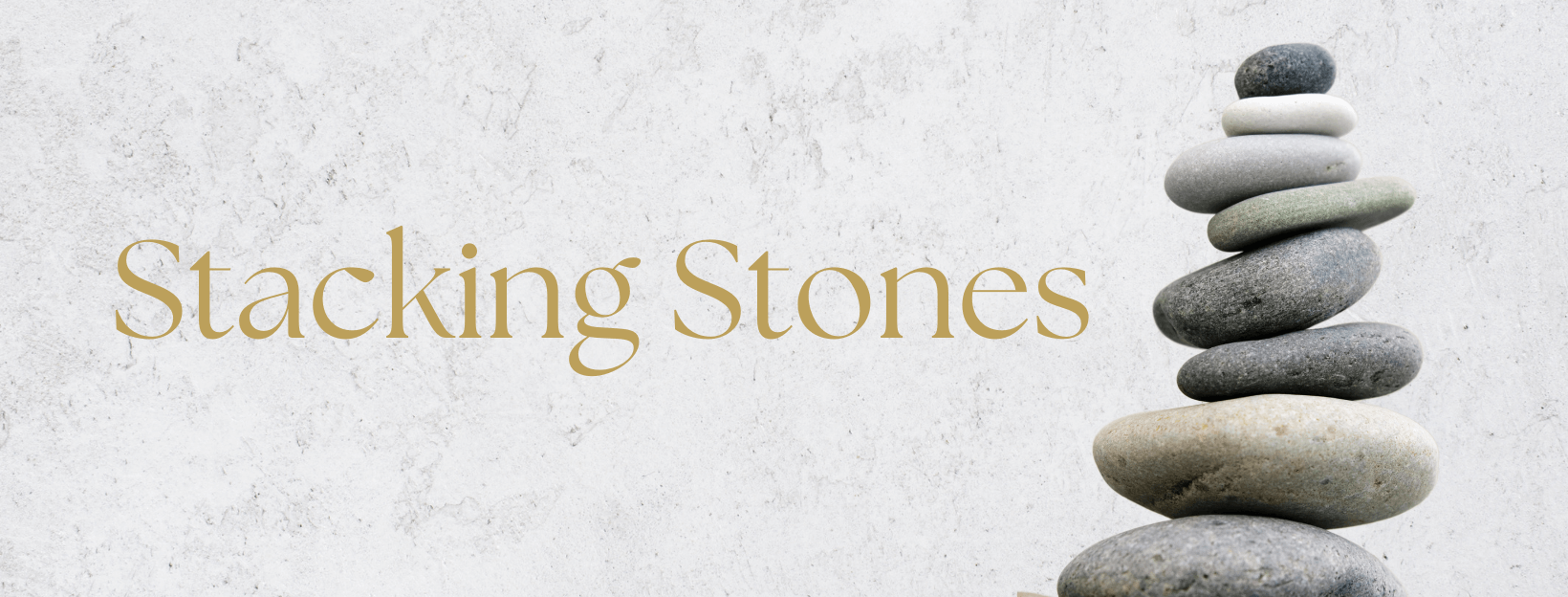


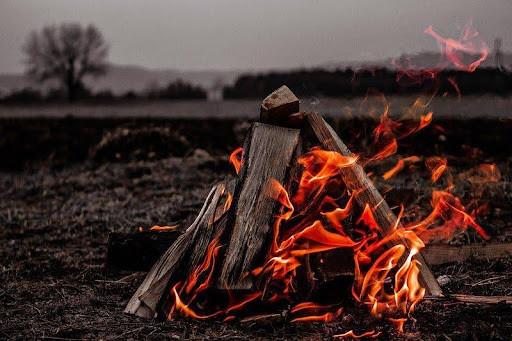

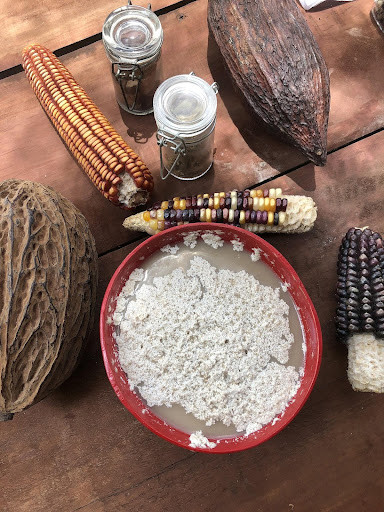
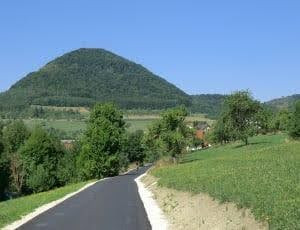




0 Comments